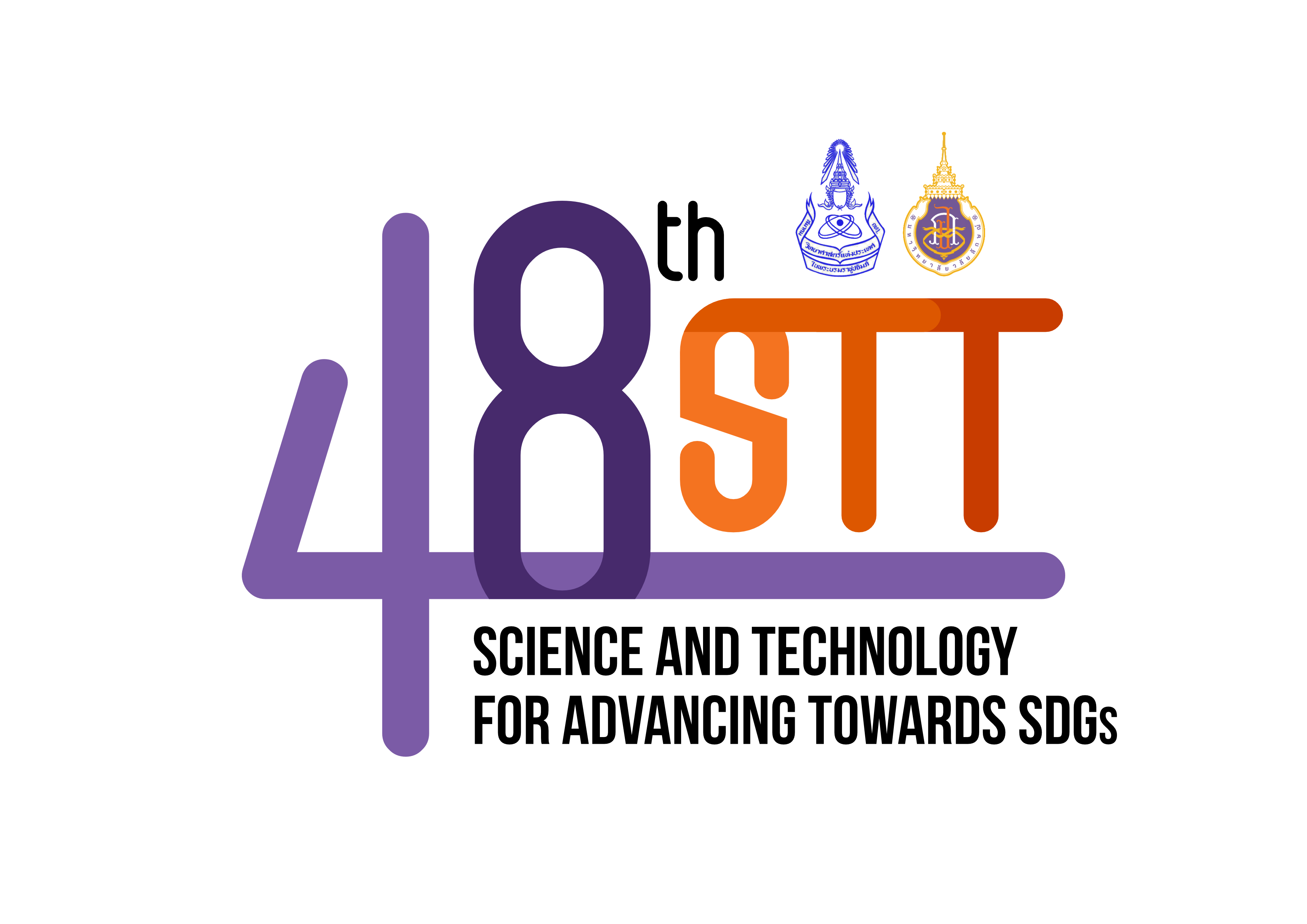Symposiums

SP1-Wood and Bio-based materials
Chair: Assoc. Prof. Dr. Nirundorn Matan
[ARTICLE SUBMISSION IS NOT AVAILABLE FOR THIS SYMPOSIUM.]
Converting wood and lignocellulose wastes into high-valued bio-based products is not only beneficial to the economy but also helps to reduce CO2 emissions from the decomposed or burned biomass. This symposium session covers a range of research from basic science to industrial applications related to wood and its hierarchical structure from macro to nano scales. The topics includes wood processing, wood composites, wood preservation and degradation, wood in building and construction, nano-wood materials and sustainability of wood.
Converting wood and lignocellulose wastes into high-valued bio-based products is not only beneficial to the economy but also helps to reduce CO2 emissions from the decomposed or burned biomass. This symposium session covers a range of research from basic science to industrial applications related to wood and its hierarchical structure from macro to nano scales. The topics includes wood processing, wood composites, wood preservation and degradation, wood in building and construction, nano-wood materials and sustainability of wood.

SP2-SCIENCE EDUCATION: CHALLENGES TOWARDS VUCA ERA
Chair: Assoc. Prof. Dr. Punnama Siriphannon
Co-Chair: Assoc. Prof. Dr. Mullica Jaroensutasinee
Since the beginning of the twenty-first century, the world's population has been subjected to disruptive changes as a result of technological breakthroughs, rapid population growth, climate change, and geopolitical trends, resulting in volatile, uncertain, complex, and ambiguous world situations known as the VUCA era. The emergence of the COVID-19 pandemic in early 2020 rapidly increases the global impact, indicating that this ongoing global phenomenon clearly represents VUCA. The COVID-19 pandemic had a significant impact on education, forcing entire schools and universities to switch to online teaching and learning, ushering in a "new normal" in education. Science education aspires to develop scientific literacy, problem-solving abilities, and critical thinking skills; thus, learners should have personal learning-by-doing experiences through scientific experiments, discovering and connecting new findings and existing knowledge. During unpredictable pandemic and VUCA situations, science teachers are challenged to develop better pedagogies and interesting scientific activities that are effective in creating an online learning experience for students. This session aims to bring together academic scientists, researchers, practitioners, educators and research scholars to exchange and share findings, expertise, experiences and innovations about “new-normal” science teaching and learning methodologies in and beyond the VUCA era.
This session of “SCIENCE EDUCATION: CHALLENGES TOWARDS VUCA ERA” opens for these following areas.
- STEM and STEAM based education
- New normal pedagogy in science education
- Innovative science teaching, learning and assessment methodologies
- New perspectives in science education
- Other science education related topics

SP3-X-Ray Crystallography
Chair: Prof. Dr. Nongnuj Muangsin
Co-Chair: Assoc. Prof. Dr. Kuakarun Krusong
Co-Chair: Assoc. Prof. Dr. Kittipong Chainok
X-ray crystallography is the experimental science and is by far the most powerful method to determine the arrangement of atoms of a crystalline solid in three-dimensional space. This method has been used in structural chemistry and biological macromolecules for over a century. In the biological crystallography, three-dimensional structures of molecules such as proteins and nucleic acids are determined at atomic level. This helps us to understand the basic mechanisms of biomolecules, as well as aid in novel drug discovery. Apart from macromolecular crystallography, the determination of crystal structures of organic, organometallic and coordination compounds (i.e. coordination polymers and metal-organic frameworks), known as small molecule or chemical crystallography, is of great importance and highly valuable for understanding the structure-property relationship as well as supramolecular interactions (such as hydrogen bonds, halogen bonds, and π–π stacking) of the crystalline solids. Notably, it also brings about crystal engineering for better structural design and achievement of desired functionalities.

SP4-Conservation for Sustainability in the Disruptive Era
Chair: Prof. Dr. Suchana Chavanich
Co-Chair: Asst. Prof. Dr. Nontivich Tandavanitj
Conservation and sustainability development is the important way of thinking in natural resource management and policy. They share a vision of a future where people live with respect for the earth’s natural systems and each other. Sustainability derives from a commitment to policies and practices that ensure social, economic, and environmental endurance. However, disruptive era can significantly contribute to the sustainability of conservation. How can we have an era of sustainability for all ? What are the key knowledge gaps that must be urgently addressed for a better conservation for sustainability? What are the challenges for sustainability in the disruptive era ? This session welcomes presentations on both basic and advanced research topics related to conservation for sustainability including but not limited to novel ideas, tools and technological innovations, successful approaches and insightful lessons, and transdisciplinary collaborations to help safeguard the options for future generations.
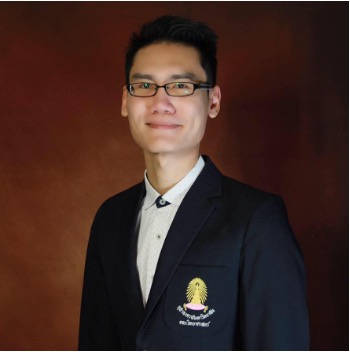
SP5-Young Rising Stars of Science 2022 (YRSS) & Junior Young Rising Stars of Science Award 2022 (JYRSS)
Chair: Assoc. Prof. Dr. Kitipong Assatarakul
Co-Chair: Asst. Prof. Dr. Anurak Thungtong
The Science Society of Thailand under the patronage of His Majesty the King (SCISOC) recognizes the need of training new scientist and technologist to advance to the position of highly skilled scientists and technologists in the country. This leads to a boost in research and development, which is critical for the country's long-term economic and social development in Thailand's Science Society. Accordingly, SCISOC establishes the Young Rising Stars of Science (YRSS) awards for high-school science research projects with remarkable performances under the supervision of the Faculty of Science in Thailand's universities each year since 2020. In addition to honoring these students, it also inspires interest among them in pursuing a graduate degree in science. It is expected that these youths will continue to be highly competent scientists or technologists at national and international levels.
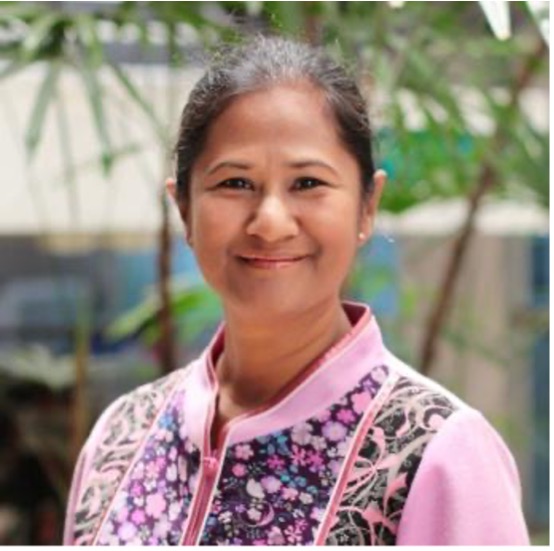
SP6-Kratom and Cannabis
Chair: Assoc. Prof. Dr. Potjamarn Suraninpong
Last year, the newly amended Narcotics Code, which went into effect on December 9, lists neither cannabis (marijuana and hemp) nor kratom (Mitragyna speciosa) as illicit drugs. These herbs are now being touted for their huge potential in helping both patients and the Thai economy. Currently, all parts except the buds and flowers of cannabis are legal, but the herb can only be used in medicine and certain products such as food and cosmetics. However, recreational cannabis is still illegal. Whereas, the decriminalization of kratom, which involved removing the drug from the official list of controlled narcotics, is the country’s latest move to liberalize its drug laws. The move would not only help reduce costs in the legal system but also allow the drug to be used as a low-cost substitute for expensive painkillers such as morphine. Additionally, it creates income for people cultivating the plant, which is mostly grown as alternative crop in the south of Thailand. As the Narcotics Laws are difficult to understand for preparing of the permission documents for the growers, together with the limitation of growing system and farm management. This session will present the laws that related to the permission for cultivation of marijuana, hemp and kratom. Cultivars, planting systems, fertilization, disease and insect pet management, harvesting, extraction, products development and marketing in Thailand and the world market will be shared for the progress of value and novel technology-based innovation. This session welcomes diverse presentations, both oral and poster presentations, to share and stimulate ideas for the progress of marijuana, hemp and kratom management and production in all aspect.
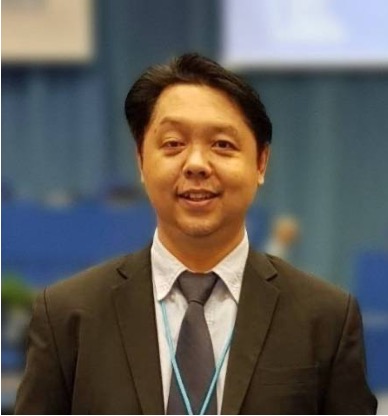
SP7-RADIOECOLOGY AND ENVIRONMENTAL RADIOACTIVITY
Chair: Dr. Yutthana Tumnoi
Co-Chair: Dr. Wipada Ngansom
Radioecology is a multidisciplinary scientific concerning the presence/concentration of both natural (e.g., 238U, 232Th, 226Ra, 40K, 7Be, 14C, and others) and artificial (e.g., 90Sr, 134Cs, 137Cs, and others) radionuclides in the environment, the complexity of their transfer processes within and between ecosystems, and the effects of ionizing radiation on human and non-human biota. Investigations in radioecology consist of field samplings and experiments, controlled-lab experiments, and laboratory procedures including radiochemistry and radioactivity measurement. Radiological studies normally focus on three main environments in the biosphere: marine environment, freshwater environment, and land environment. They could provide necessary data for radiation dose estimation and radiological risk assessment on human and the environmental health using predictive models. Interest and studies in the area of radioecology, environmental radioactivity, and utilization of radiotracers to reveal biogeochemical and ecological processes have significantly increased to ascertain and manage radiological risks associated with both routine and accidental releases from the historical nuclear testing, the nuclear accidents/facilities, and non-nuclear facilities. This session welcomes presentations on both basic and advanced research programmes on radioecology, environmental radioactivity, and related disciplines in order to promote and advance the science of environmental radioactivity research, and to enhance the radiological protection of humans and the environment.
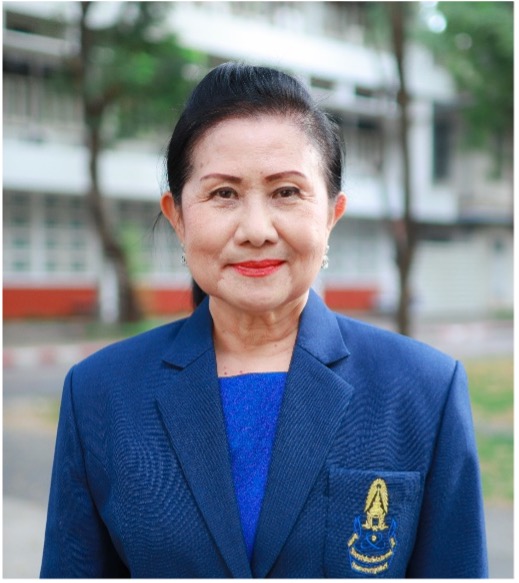
SP8-Food System Transformation and SDGs
Chair: Prof. Dr. Supawan Tantayanon
Co-Chair: Prof. Dr. Azra Khanum
Co-Chair: Prof. Dr. Aura C. Matias
Co-Chair: Prof. Dr. Yukari Ito
Food systems contribute about 30% of greenhouse gas emissions, 80% of biodiversity loss, and account for up to 70% of all freshwater use and 80% of all deforestation. Many of these environmental problems have exceeded the planetary boundaries. There are other challenges in the food system, such as hundreds of millions of people around the world still lack access to adequate food nutrition, and about one-third of food is wasted in supply chains and consumption. Meanwhile, the Covid-19 pandemic and the Ukraine war have seriously affected food production, distribution and consumption, pushing up the cost of food production and distribution, further affecting the safe supply and equitable distribution of food, and exacerbating nutrition and health problems. In the face of increasingly serious nutrition, health and environmental problems, the transformation of food systems is imperative. Coordinated solutions within and outside the food system, science and innovations etc. are fundamental for food system transformation and achieving the SDGs. The symposium aims to identify various pathways on addressing food system challenges and transforming food system towards a more resilient and sustainable one.

Note: This is the first WISE symposium organized by the Women in Science and Engineering committee, The Association of Academies and Societies of Sciences in Asia, under the support of the Science Society of Thailand and Walailak University, Thailand.
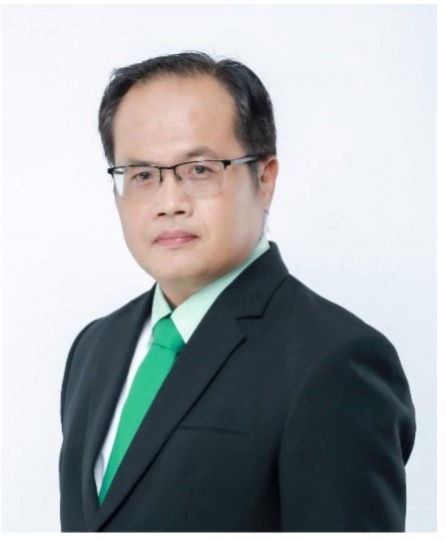
SP9-High Field Magnets as Key Technology for Advanced Sciences
Chair: Assoc. Prof. Dr. Somsak Dangtip
Co-Chair: Dr. Supagorn Rugmai
Co-Chair: Assoc. Prof. Dr. Chitnarong Sirisathitkul
Co-Chair: Assoc. Prof. Prayoon Aongsiriritthigul
High field magnet plays important roles in various national projects. The first Thailand tokamak (TT-1) and Siam photon source (SPS-I) are two good examples. High magnetic field also enhances plasma sources to higher density such as in the case of a mA helicon-wave plasma source and enable certain models of a propulsion system for space exploration. MRI, NMR, and some magnetic drug delivery systems have high field magnets as their essential components. High field magnet has also been listed as one of the key technologies for frontier research such as in high energy physics and plasma program with very high priority. How high field the Thai research community is expecting? Shall further higher field magnet advances Thai scientific community to higher ground or new level? Would low temperature superconducting magnets be a natural alternative to electromagnets? Will the high temperature magnets be mature enough for our community in seven years? Is our industrial ready for manufacturing this key engineering technology in Thailand? This symposium shall shed some light on some of these very important questions.
